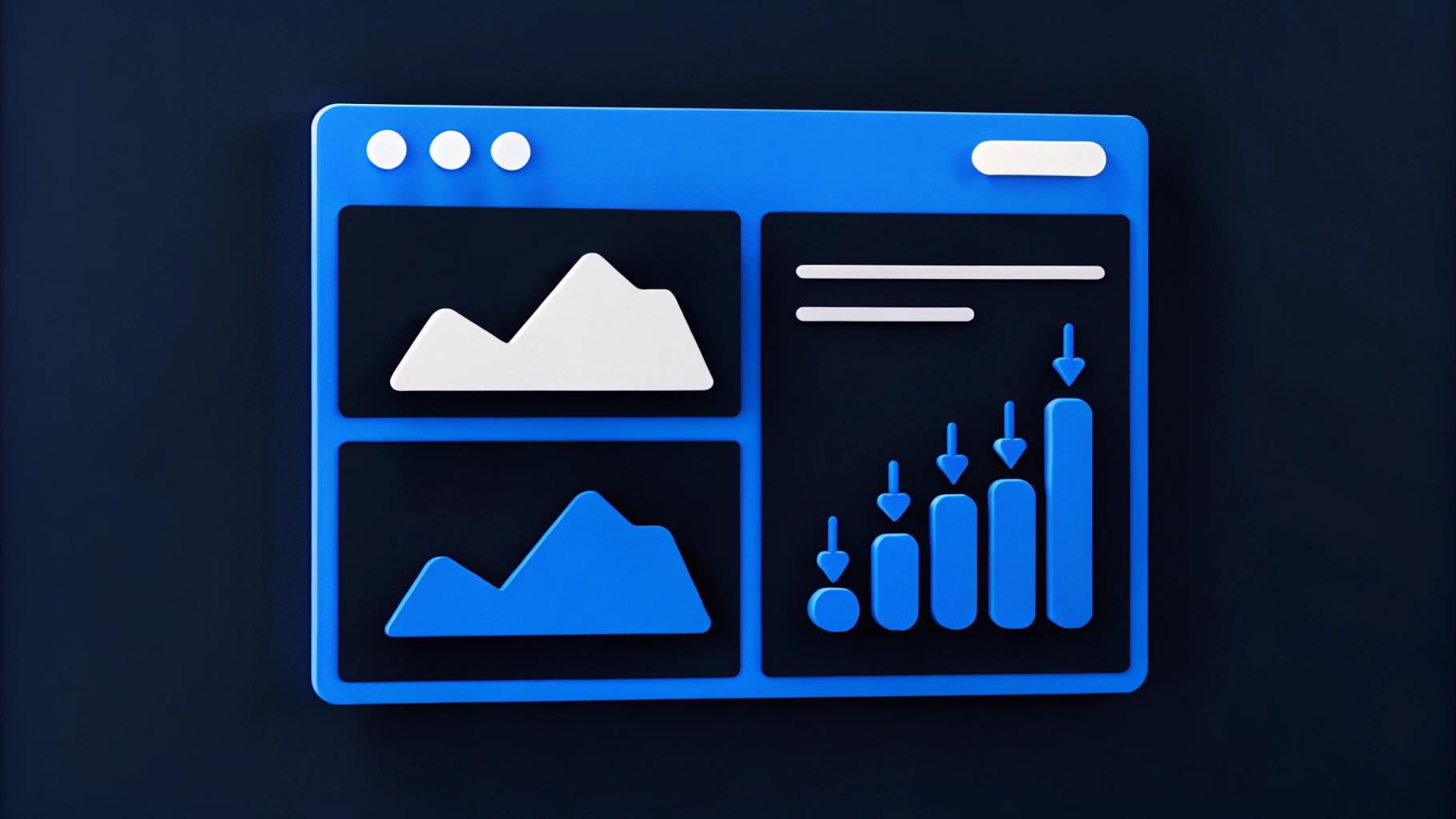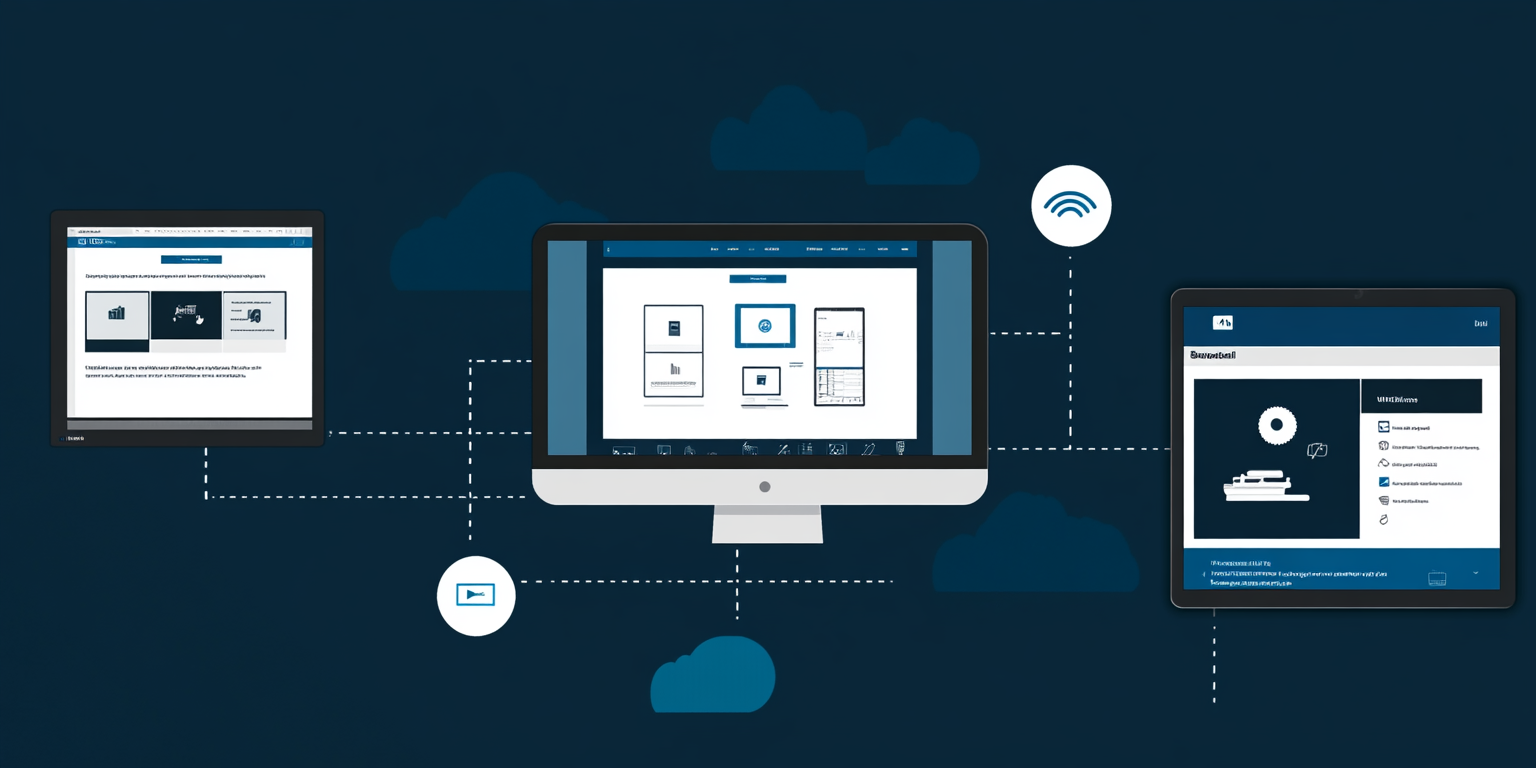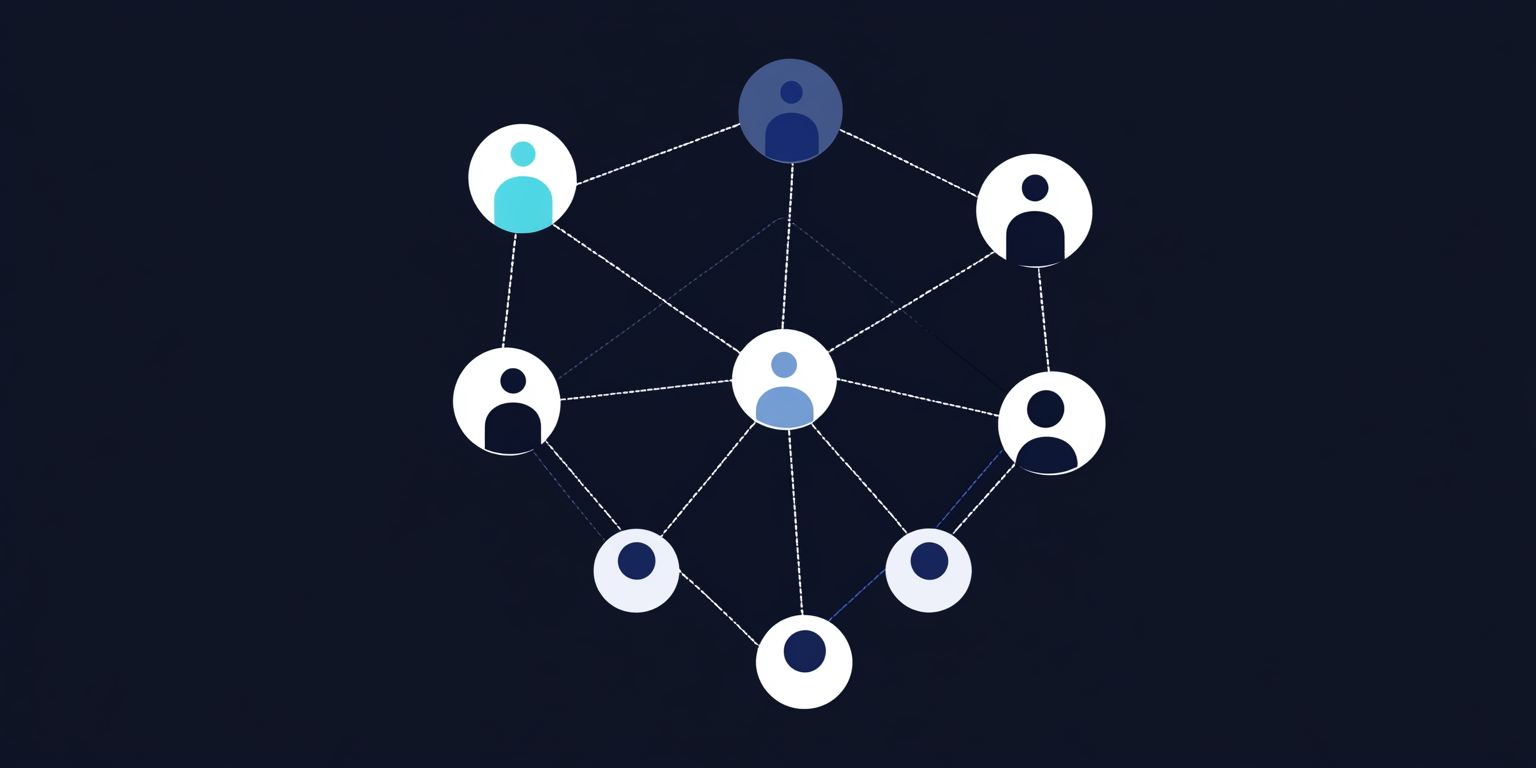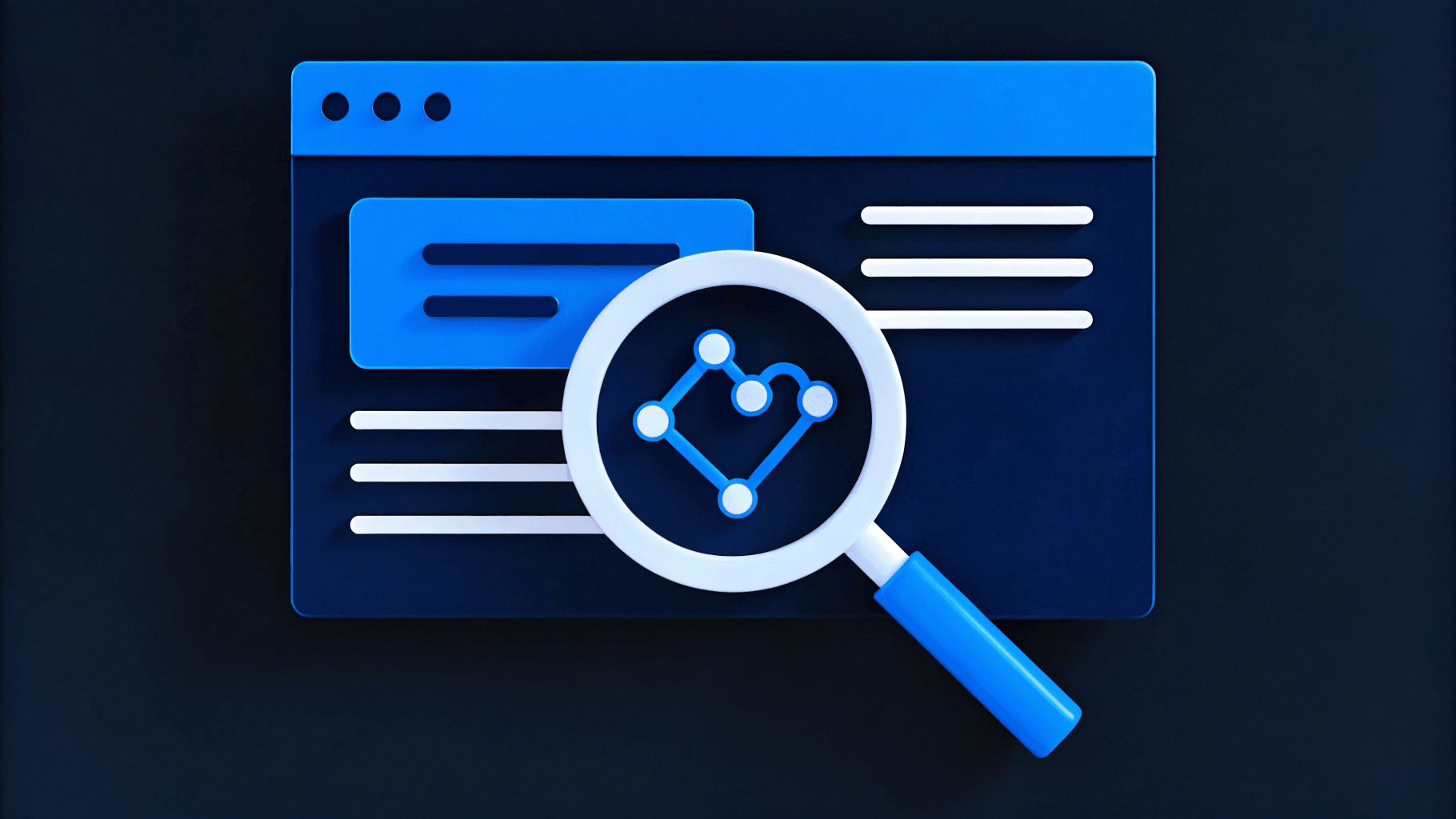Friday, July 11, 2025
Composable Architecture Web Design: Why AI Is the Missing Piece

Most mid-market websites still follow a rebuild-and-wait cycle. Teams invest months into a redesign, launch a static set of pages, and then spend the next year fixing small issues while new campaigns pile up behind developer bottlenecks.
There's a better way. Composable architecture breaks your site into modular building blocks that teams can update independently. Add AI to orchestrate these components, and you eliminate the delays that keep marketing teams stuck in endless approval cycles.
The result: marketing ships campaigns in days instead of months, engineering focuses on features instead of maintenance requests, and your website becomes a growth driver instead of a bottleneck.

The Three Bottlenecks Killing Your Website Velocity
Technical Debt Creates Cascading Delays
Legacy WordPress sites accumulate years of quick fixes and plugin conflicts. A simple banner update triggers a cascade of testing across multiple browsers and devices. What should take an hour stretches into a week as developers debug compatibility issues with existing code.
2. Marketing Leaders Hit Immediate Roadblocks
Every marketing leader faces the same frustration: they need to launch campaigns to show impact, but their landing page requests sit in development queues for 4-6 weeks. The disconnect between marketing velocity and website capability becomes a constraint to accomplishing their KPIs.
3. Martech Stacks Outgrow Website Infrastructure
Your team adopts new tools quarterly—attribution platforms, personalization engines, lead scoring systems—but integrating each one requires custom development work. The website becomes a constraint on your martech investments rather than an enabler.
These bottlenecks share a common root cause: monolithic architecture that forces every change through the same pipeline, no matter how small.
How Composable Architecture Removes Dependencies
Composable architecture separates your website into independent modules—content management, search functionality, commerce logic, analytics tracking—that connect through APIs. Each module can be updated, replaced, or scaled without affecting the others.
Here's what this looks like in practice:
- Content Independence: Your content team uses Contentful or Storyblok to update copy, images, and layouts without waiting for developer deploys. A product launch announcement goes live in minutes, not days.
- Design Autonomy: Designers push UI changes directly through the CMS interface. Button colors, typography, and spacing adjustments happen in real-time without touching code.
- Feature Isolation: Developers can ship new functionality—like a calculator widget or integration with your CRM—without risking existing page performance or breaking current campaigns.
This solves the dependency problem that slows traditional websites. Marketing moves at campaign speed, design iterates at creative speed, and development focuses on building new capabilities rather than maintaining old ones.
But composable architecture alone doesn't eliminate all friction. You still need someone to wire APIs together, manage component interactions, and ensure consistent user experiences across modular systems.

Why Composable Architecture Isn't Enough
Composable gives you flexibility, but assembling modular systems still requires significant technical overhead:
- Integration Complexity: Each new component needs API connections, error handling, and performance optimization. A simple contact form might integrate with your CRM, email platform, analytics tool, and lead scoring system, requiring custom code to orchestrate these connections.
- Consistency Challenges: When different teams manage different components, maintaining design consistency and user experience coherence becomes a manual coordination effort.
- Optimization Gaps: Testing and optimizing across modular components requires constant monitoring and adjustment. What works for one component might break another, and manual testing across all combinations becomes unwieldy.
This is where AI transforms composable architecture from a flexible framework into a truly autonomous system.
How AI Completes the Composable Promise
The promise of composable architecture is simple: modular systems that teams can manage independently without dependencies. The reality is more complex. Even with the best composable setup, someone still needs to orchestrate how components work together, ensure they deliver consistent experiences, and optimize performance across the entire system.
This orchestration work—connecting APIs, maintaining design consistency, running tests, and monitoring performance—traditionally requires dedicated developer time. It's less than a full rebuild, but it's still a bottleneck that prevents truly autonomous team workflows.
AI eliminates this remaining glue work by automating the orchestration layer:
Automated Integration
Instead of manually coding API connections, AI orchestration tools like Zapier Central or Microsoft Power Platform analyze your requirements and automatically map data flows between components. When you add a new lead capture form, AI automatically connects it to your CRM, email sequences, and analytics tracking without custom development.
Intelligent Consistency
AI-powered design systems like Figma's Auto Layout and Webflow's AI Component Generator maintain visual consistency across modular components. When your design team updates brand colors in the design system, AI automatically propagates those changes across all website components while preserving functionality.
Continuous Optimization
Tools like Unbounce's Smart Builder and Optimizely's AI-powered testing automatically optimize component performance based on user behavior. Headlines, CTAs, and layouts adjust in real-time without manual A/B test setup or analysis.
Production-Ready Code Generation
Platforms like v0.dev and Figma's Dev Mode generate production-ready React components directly from design files. This eliminates the translation errors and back-and-forth between design and development that typically slow component creation.
The key difference: AI doesn't just automate tasks—it orchestrates the entire system to work cohesively while maintaining the modularity that makes composable architecture powerful.
The Complete System: Composable + AI Results
The combination of composable architecture and AI orchestration creates exponential benefits rather than just additive improvements. Composable architecture gives you the flexibility to work in parallel, while AI removes the coordination overhead that typically comes with distributed systems.
Instead of choosing between speed and quality, or between team autonomy and system consistency, you get both. The modular structure enables rapid iteration, while AI ensures that rapid changes don't break user experiences or create technical debt.
Here's what this looks like in practice across the metrics that matter most to growing teams:
- Speed: Days Instead of Months
- Before: Landing pages take 4-6 weeks from brief to launch
- After: Campaign pages go live same-day through automated component assembly
- Quality: Fewer Bugs, Better Performance
- Before: Each launch risks breaking existing functionality
- After: AI monitors dependencies and flags conflicts before they reach production
- Scale: Growth Without Headcount
- Before: Each new campaign requires developer time for implementation
- After: Marketing teams self-serve through AI-assisted component creation
Why Webstacks for Composable + AI Implementation
Webstacks treats your website as an evolving, living system, not a static asset requiring periodic rebuilding. We work with your existing tools and goals to design a stack that grows with you. The result: reduced rework, faster shipping, and scalable growth without losing control over your brand or user experience.
The three bottlenecks we outlined—technical debt, marketing velocity pressure, and martech integration challenges—require specific solutions:
- For Technical Debt: We migrate legacy sites to composable frameworks like Next.js with Contentful, eliminating plugin conflicts and performance issues that slow your current site.
- For Marketing Velocity: We implement AI-powered content workflows using tools like Webflow's AI Assistant and Storyblok's AI Content Generator, giving your marketing team direct control over campaign launches.
- For Martech Integration: We build AI-orchestrated connection layers using platforms like Zapier Central and Microsoft Power Platform, automatically syncing data between your website and existing tools.
Ready to eliminate the bottlenecks that slow your marketing team down? Let's build a composable, AI-ready website that keeps your campaigns moving and your brand consistent.



